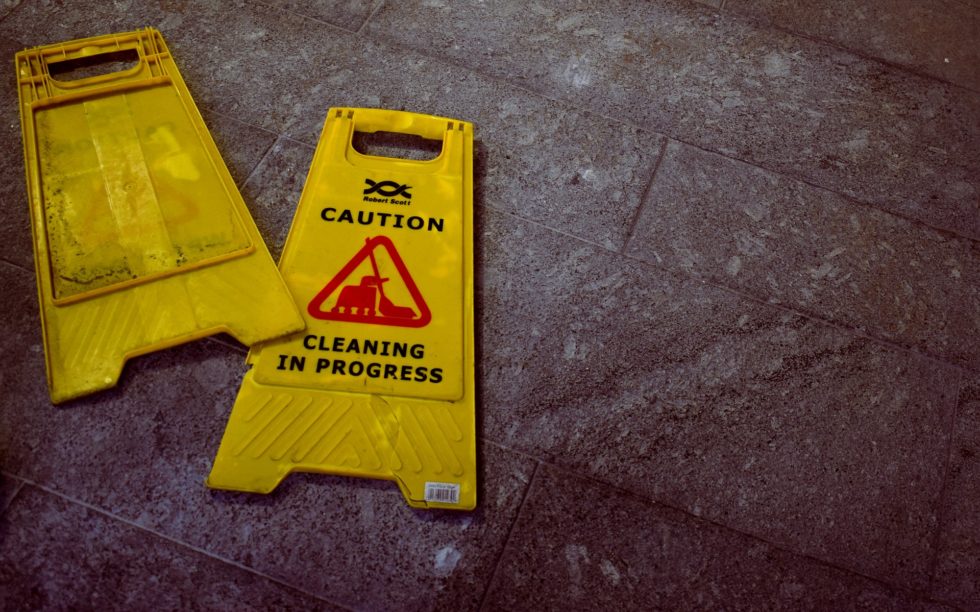Entries, sidewalks, and parking lots throughout New York represent common sources of falls among employees and visitors to a property. A slip-and-fall survey conducted by a risk management company evaluated flooring at numerous locations across a seven-year period. Half of the floors tested did not reach the minimum dynamic coefficient of friction of 0.42 as set by the American National Standards Institute. To prevent falls, the risk management company recommended four best practices.
A property owner or manager should select flooring with sufficient slip resistance. The slip resistance needs to be measured under wet conditions with a tribometer. Maintenance staff should apply the correct cleaning products for the flooring type. Property owners should adopt ongoing efforts to warn people about the hazards of slippery floors.
The risk management company found that flooring, especially at entrances, created 40 percent of accidents. Parking lots produced 33 percent of injuries, and sidewalks accounted for the remaining 27 percent. According to an analysis of insurance claims, the majority of injuries were not severe, but serious falls could produce traumatic brain injuries. Head trauma tended to be more common among customers and visitors compared to employees who fell.
Even vigilant floor safety programs cannot eliminate slip and fall accidents because they can happen to anyone, anywhere. A person hurt after a fall at a shopping center, grocery store or other location could pursue compensation for medical care. An attorney familiar with premises liability could prepare the lawsuit. The property does not necessarily have to be in disrepair for a claim to succeed, but, if dangerous conditions like an icy sidewalk or poor lighting caused the accident, an attorney could document the evidence. Direct communications with the responsible party might produce a settlement, or an attorney could take the case to trial.



